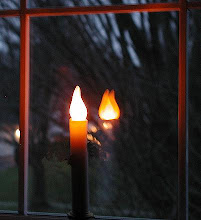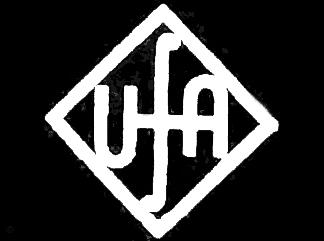Temping in Ypsilanti, I have occasion to drive by Ford's Rawsonville plant - not to mention the Willow Run Airport - and view Ford Lake and the hydro dam there: all of one turbine visible through the small turbine house which I would put at 1930-1940 for construction. Whether this small installation was part of Henry's idea of dispersing the manufacture into smaller towns and smaller factories run by clean hydro power I don't know. The 1-turbine dam and the plant are suspiciously close, and I think that in 1939, that one turbine may have been able to power what was at Rawsonville with Kwh to spare.
I thought of the following, and reprint it:
I am reading a paper by Nicholas Humphrey and this act is a great pleasure. He reminds me of Voltaire. ( Having said this, I immediately flash on Talladega Nights, having seen it recently, and laugh at the satire on our deprecation of Frenchy things.)
He repeats an apocryphal story about Henry Ford ( there is only 1 Henry Ford, so I do not require roman numerals or other indicators as to which person I refer) wherein Mr. Ford sent fellows around the country to scrap yards looking for remnants of his Model T to determine whether any parts were still serviceable.
They discovered that the kingpins of the vast majority of Model T junkers they found were still in extrememly good condition.
Mr. Ford immediately wrote a memo stating that all parts used in their cars be of lesser quality and not last for such a long time.
This is a tale of the present age, not of Henry Ford and his time.
It is not only apocryphal of Mr. Ford, it is a complete fabrication and misrepresentation.
The present day auto companies would do this in a second. Not so Henry Ford.
We make a grave mistake when we try to re-draft the history of the past in the misguided lineaments of this, our present day.
My wife and I just read the memoirs of Mr. Ford's chef at Fair Lane. The man's son is a neighbor of my parents. He attended elementary school in Greenfield Village, if you can imagine such a wonderful Tom Sawyer type of existence.
Mr. Ford was interested in food and health, expending efforts on soy products in association with Dr. G.W.Carver. Mr. Ford's insistence that his workers not smoke and not drink used to be considered cranky and intrusive. Now it appears to be enlightened and a fringe benefit.
We want to take a one or two day trip in the area of the Huron River in Michigan where Henry Ford dreamed of small village industry: a factory to make certain auto components located in one village, power being supplied by hydroelectric dams across the rivers and creeks.
Not factory towns. Towns with a small factory, on a human scale, with clean and renewable energy.
Some of the dams still exist. Portions of some of the factories exist in truncated form. It is a vision of America which is enchanting and just too much like our memories of Twilight Zone's Willoughby or Ray Bradbury's Rocket Summer to be real.
If you visit Greenfield Village and the Henry Ford Museum, the trip would be complete with a visit to Mr. Ford's vision of American industrialism, an industrialism which would have attempted to avoid the worst of the evils of the industrial systems up to his time.
Henry Ford built his cars to last. It is attested by many that Model Ts were notoriously long lived. Hence,the apochryphal story above is nonsense.
Henry Ford's memory has been corrupted by the present day which recalls only what it wants to recall edited through its Ministry of Truth. Even truly great individuals must be deformed to fit our Procrustean bed.
reprint
Sunday, November 14, 2010
Subscribe to:
Post Comments (Atom)


















No comments:
Post a Comment